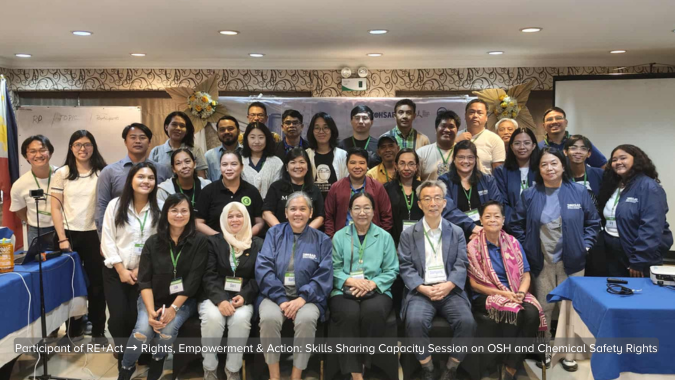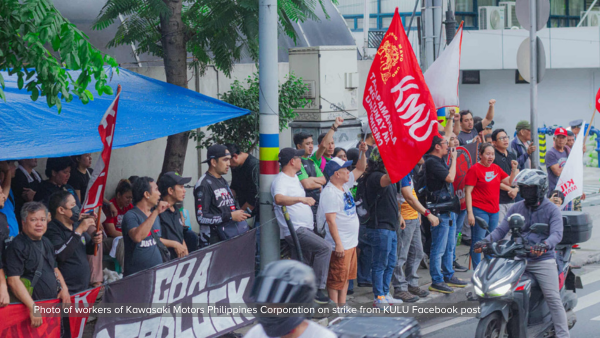South Korea’s highest court has invoked a controversial clause on the work relatedness of disease and upheld a lower- court decision to reject workers compensation claims filed by three workers who had developed or died of a blood disorder after years of chemical exposure at Samsung Electronics Co., Ltd.’s chip labs.
Appalling
On August 30, Supreme Court Justice Kim Shin cited a lack of evidence and allowed Korea Workers’ Compensation & Welfare (KCOMWEL) to reject worker compensation claims filed by three victims of Samsung’s occupational disease cluster – yet another ruling based on a problematic law that requires the victims of occupational disease to prove the work-relatedness of their disease.
“While the plaintiffs [the victims] were very likely exposed to carcinogenic materials,” the ruling read, “there is insufficient evidence that would show such exposure caused their illnesses.”
The highest court did not rectify or even mention the error made by a lower court: the appeals court underestimated the risk of trichloroethylene, a carcinogen designated as the highest Group 1 by the WHO in 2012. The lower court cited the chemical’s old Group 2 rating to dismiss its causal link with the blood cancer inflicted on two of the three plaintiffs.
The ruling is nothing short of appalling because it came only about twenty days after a high-profile Associated Press expose that Samsung and the Korea Occupational Safety and Health Agency (KOSHA) have in effect been suppressing even basic information about chemicals used in chip production from workers who fell victim to a variety of blood disorder after working at Samsung chip labs.
Indeed, Samsung and the KCOMWEL, part of the KOSHA, have been procrastinating or frustrating workers compensation proceedings by shifting the burden of work-relatedness proof onto the victims who have meager financial resources to take on a big corporation or the government.
Between 2005 and 2015, SHARPS helped a total of 75 semiconductor and LCD workers (59 Samsung and 16 non-Samsung employees) petition for workers compensation. As of today, only nine were granted compensation.
The Supreme Court ruling has now exhausted legal recourse for the three petitioners for the government’s support for their occupational-disease plight, while clouding the prospects for the remaining 63 petitioners who have their cases pending at the KCOMWEL or in court because of delays related to work-relatedness proof.
Controversial
The Supreme Court decision was controversial enough to necessitate the Minjoo Party of Korea, the country’s largest opposition party—which usually remains tongue-tied on labor issues—to speak out. “It is hardly convincing that that the Supreme Court places the burden of proof upon workers,” a Minjoo Party spokesman said. This was the first time since Oct. 2013 that the Minjoo Party, or its predecessors, has ever commented about Samsung’s occupational disease victims.
The Korean Confederation of Trade Unions (KCTU), the country’s umbrella of independent labor unions, also issued a statement, saying, “The government and Samsung must determine the cause of occupational disease and come up with responsible measures.”
The Supreme Court decision was the latest of a series of biased court rulings against labor rights and basic freedoms in South Korea. In July 2016, a Seoul court sentenced a KCTU leader to five years in jail for organizing protests and declared,“Only peaceful assemblies can be protected under the concept of freedom of assembly stipulated in the constitution.”
As for Supreme Court Justice Kim, in 2011, before appointed to the Supreme Court bench, as a local judge, he ordered a female welder to pay her shipyard KRW 1 million(U$1,000) in damages for each day of her 309-day sit-in atop a high-rise crane. The damages came to KRW 280 million (U$ 280,000). “He [Justice Kim] just wanted to evict me as soon as possible, and I felt so insulted,” Kim Jin-sook, the 51-year-old welder, said in a National Assembly hearing on Justice Kim’s Supreme Court appointment.
On The Three Victims
Of the three victims who now have no legislative means for public compensation for their plight, two are male:
Hwang Min-woong, born in 1974, died of acute lymphoblastic leukemia in July 2007. He worked as an equipment engineer at Samsung’s Giheung plant, where wafers were cleansed and cut, between 1997 and 2005 until he died;
Song Chang-ho, born in 1970, was diagnosed in Sept. 2009 with malignant B cell lymphoma. He was a plating-process maintenance engineer at the Onyang plant, where chips are packaged and tested, between May 1993 and Dec. 1998; and
Kim Eun-gyung, female, born in 1969, was diagnosed in Jan. 1 with acute myelogenous leukemia. She was a chip trimmer at the Onyang plant between Jan. 1 and Jan. 1996.









